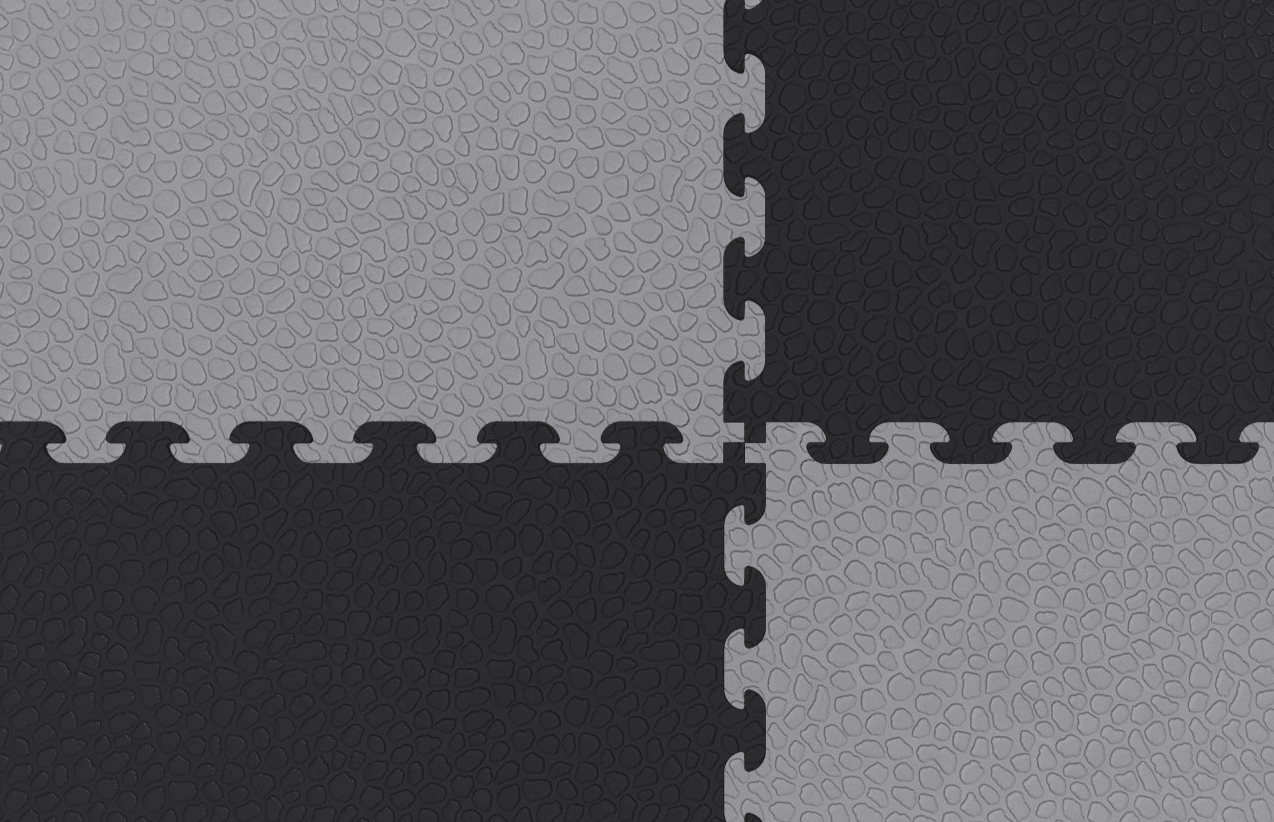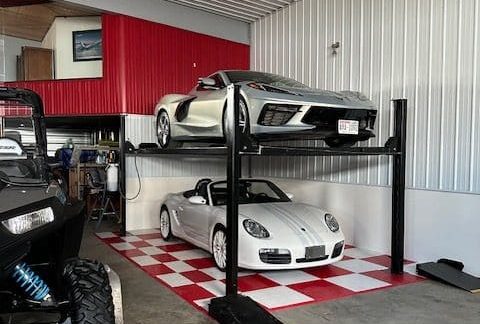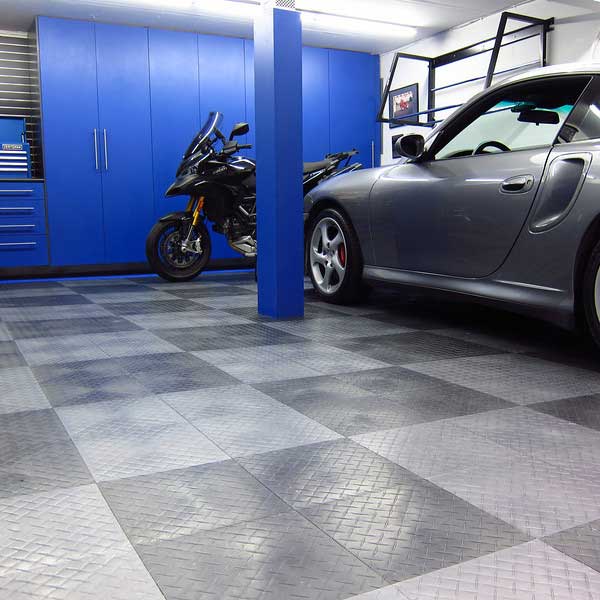Your garage is a versatile space, often serving as a workshop, storage area, and vehicle hub. But beneath all that activity, a critical safety concern can lurk: a slippery floor. Whether from spilled liquids, tracked-in moisture, or certain flooring finishes, a slick surface poses a significant risk of slips, trips, and falls. At Garage Flooring LLC, your safety is paramount. We’re here to guide you through essential slip prevention tips and help you maintain optimal traction on your garage floor.
Why Garage Floors Become Slippery:
Several factors can reduce traction on your garage floor:
- Spilled Liquids: Oil, grease, water, antifreeze, and other automotive fluids are notorious for creating hazardous slippery spots.
- Tracked-in Moisture: Rain, melting snow, and slush tracked in from outside can quickly turn a dry floor into a slick one.
- Dust and Debris: Fine dust, sand, and even leaves can act like ball bearings underfoot, reducing friction.
- Smooth Finishes: Highly glossy or very smooth flooring surfaces (especially when wet) inherently offer less grip than textured ones.
- Improper Cleaning: Residue from certain cleaners or leaving soap film can make a floor slippery.
- Worn Surfaces: Over time, even textured floors can wear down, reducing their grip.
Essential Slip Prevention Tips for Any Garage Floor:
Regardless of whether you have bare concrete, a coated floor, or tiles, these practices are fundamental for maintaining traction:
- Immediate Spill Cleanup: This is the golden rule. Any liquid spill – especially oil or water – must be addressed immediately. Use absorbent materials first, then clean the area thoroughly with an appropriate cleaner and rinse well.
- Regular Dry Cleaning: Sweep or vacuum your garage floor frequently. Removing loose dirt, dust, sand, and small pebbles prevents them from creating a slippery layer underfoot.
- Proper Wet Cleaning: When wet cleaning, use neutral, non-residue-forming cleaners (like Dawn dish soap or Simple Green). Rinse the floor thoroughly with clean water afterward to remove all soap film. A squeegee can help remove excess water quickly.
- Manage Tracked-In Moisture:
- Walk-Off Mats: Place absorbent mats at all entry points to trap water and debris from shoes.
- Containment Mats: For parking vehicles, especially in wet or snowy conditions, a garage containment mat with raised edges is invaluable. It traps melting snow, ice, and road salt, keeping your main floor dry.
- Squeegee Puddles: Quickly squeegee away any significant puddles of water from melting snow or rain.
- Ensure Proper Drainage: If your garage floor has a drain, ensure it’s clear and functional. If not, consider adding a slight slope during concrete pouring or using strategically placed containment solutions.
Enhancing Traction with Specific Garage Flooring Choices:
Beyond general maintenance, the type of flooring you choose (or have) can significantly impact its inherent slip resistance:
- For Epoxy and Polyurea Coatings:
- Non-Slip Additives: This is the most effective way to enhance traction on a coated floor. While applying the topcoat, mix fine anti-slip granules into the coating. These create a textured surface that dramatically increases grip without compromising the coating’s durability.
- Textured Finishes: Some coating systems naturally offer a slightly textured finish.
- Full Broadcast Flake Systems: The flakes themselves, combined with a clear topcoat and anti-skid additive, create a more textured surface that offers some extra slip resistance.
- For Garage Floor Tiles:
- Textured Tile Designs: Many garage floor tiles are inherently designed with slip-resistant patterns. Look for:
- Diamond Plate: Raised diamond pattern offers excellent grip.
- Coin Top: Raised circular nubs provide good traction.
- Ribbed: Parallel ribs help channel water and provide grip.
- Material Properties: Flexible PVC tiles often have a slightly softer, more “grippy” feel than rigid polypropylene tiles.
- Perforated Tiles: These allow liquids to drain through, keeping the top surface dry and slip-free, ideal for wash areas or wet environments.
- Textured Tile Designs: Many garage floor tiles are inherently designed with slip-resistant patterns. Look for:
- For Garage Floor Mats:
- Textured Surfaces: Most roll-out mats feature textured surfaces (ribs, raised patterns) to provide traction.
- Heavy-Duty Backing: A robust, non-slip backing is crucial to prevent the mat itself from sliding on the concrete, which is a significant safety hazard.
Don’t Let Your Garage Be a Hazard Zone:
A slippery garage floor is an accident waiting to happen. By understanding the factors that contribute to reduced traction and implementing these proactive measures and smart flooring choices, you can create a safer, more secure environment for yourself, your family, and your vehicles.
Ready to enhance the safety and traction of your garage floor?




